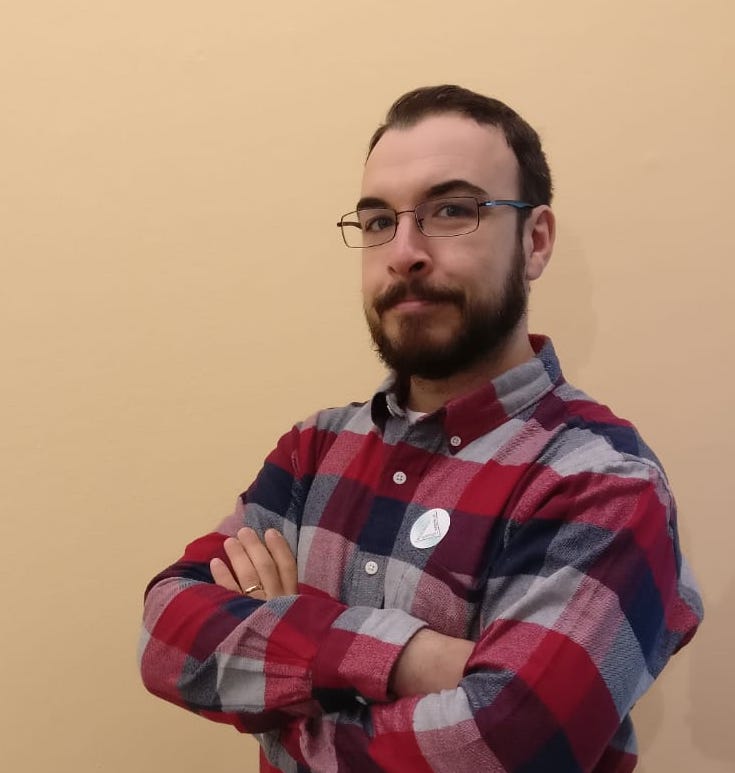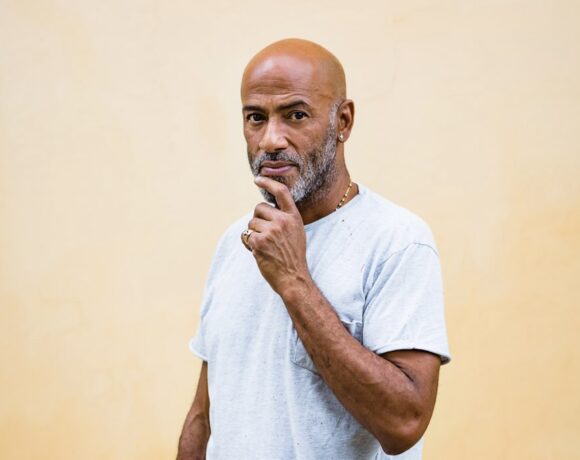In Rovigo and in the surrounding areas, Street art has colored and decorated walls, buildings and schools thanks to a program of initiatives aimed at the community promoted by DeltArte.To find out more, we chatted with Melania Ruggini, the soul of this widespread urban project.
Francesco Liggieri: I wanted to make it clear who you are, but I didn’t want to summarize it, I would like you to describe yourself with the title of an artwork.
Melania Ruggini: I like to identify with the women who have left a mark, those who have always fought with courage and determination to carry out their ideas. Nonconformist, non-stereotyped, immortal women. I admire the charisma of Marina Abramović, the burning passion of Frida Kahlo, the courage of Artemisia Gentileschi, the chameleon power of Cindy Sherman, the unique style of modern Venus, Tamara de Lempicka.
DeltArte is the street art festival that you founded and that you have been curating since 2012 in Rovigo, can you briefly tell us what it is and what need does it respond to?
DeltArte was officially born in 2012 as an annual traveling public art festival to enhance the reference area, the Po Delta. The gestation starts much earlier and is preceded by a series of combined studies of the territory by artists and creatives and open discussion with the local population, through interviews, workshops, public meetings. Starting from its genesis, DeltArte promotes the values of public and urban art by focusing attention on the social function of art according to a specific mode of presentation and use of the work, which enters the social fabric and the territory and it is designed for the community and often with the community. The selected artists are invited to discuss a common theme through the residency modality. In this way we have created over 80 works of urban art, which make up our widespread museum, in the provinces of Rovigo, Padua, Treviso and Ferrara, thanks to nationally and internationally renowned artists such as Tellas, Hitnes, Lucamaleonte, Peeta, DEM, Alice Pasquini, Alessandra Carloni, Rame 13, Kikiskipi, Banco Ittico, Common Place, among many others. In these years of intense activity, our initiatives have embraced the world of schools through the “Artists for a day” educational workshops for the creation of collective works inserted in their own city. In this way, children are educated in civic sense and urban art from an early age.
How important is it for you, as a curator, to carry out projects in the area?
It is fundamental, given that the main purpose of DeltArte is the dissemination and enhancement of a territory that is still little known, rich in traditions, legends and possibilities. A place where, according to the collective imagination, man has tried, since the dawn of time, to contrast the natural process of building the territory, the space-time limits of life itself. The festival intends to be an active vehicle of the genius loci of the Po Delta, with the responsibility of maintaining this delicate and indispensable balance characterized by the wild landscape, in order to enhance and protect it, making visitors love it. It is with great respect and love for the places that our festival operates. In the selected places, certain characteristics typical of the widespread museum can be found, starting from the variability of the borders, the territorial plurality of the itineraries, the symbiotic relationship between the community and its roots, the richness of history. According to this line of thought, even contemporary art can go beyond its own borders intended as places dedicated to fruition and contemplation (such as museums, galleries) by entering a territory with mobile borders, according to a specific intent: to induce the viewer to a physical, mental, emotional, perceptive confrontation with the environment.
Many insiders and onlookers wonder what sense it makes to exhibit street art works in art galleries, fairs and museums, etc. What do you think about it?
I think they are out of place, that they become something else and therefore they are no longer urban and public art. When Blu canceled his works in protest, I was cheering for him. It has been a strong and consistent gesture. I do not understand certain market logics, although I understand that an artist very often needs galleries to sell, given the often low costs for a work of urban art. And he needs museums to consolidate his/her career. These are choices that I respect. However, personally, I do not agree with certain market logics.
Can urban regeneration with the help of art be one of the solutions to solve the social problems of some territories?
Urban art certainly turns the spotlight on certain degraded and infamous neighborhoods and can become an opportunity to deal with certain marginal or problematic contexts. Obviously, it is not enough, if it is not followed by a policy attentive to the problems of the citizens
Info:
 Melania Ruggini in front of La dama del futuro by Rame 13, Rosolina (RO), ph. credits Michele Mattiello, courtesy DeltArte
Melania Ruggini in front of La dama del futuro by Rame 13, Rosolina (RO), ph. credits Michele Mattiello, courtesy DeltArte
 C0110, Ho vegliato su di te, Loreo (RO), ph. credits Michele Mattiello, courtesy DeltArte
C0110, Ho vegliato su di te, Loreo (RO), ph. credits Michele Mattiello, courtesy DeltArte
 Tellas, Ways of Water at CADF di Codigoro (FE), courtesy DeltArte
Tellas, Ways of Water at CADF di Codigoro (FE), courtesy DeltArte
 Manuela Merlo, Le tre età, Adria, ph. credits Michele Mattiello, ph. credits Michele Mattiello, courtesy DeltArte
Manuela Merlo, Le tre età, Adria, ph. credits Michele Mattiello, ph. credits Michele Mattiello, courtesy DeltArte
 Kikiskipi, murales in Cista di Rovigo, courtesy DeltArte
Kikiskipi, murales in Cista di Rovigo, courtesy DeltArte

Independent artist and curator. Founder of No Title Gallery in 2011. I observe, study, ask questions, take informations and live in contemporary art, a real stimulus for my research.






NO COMMENT